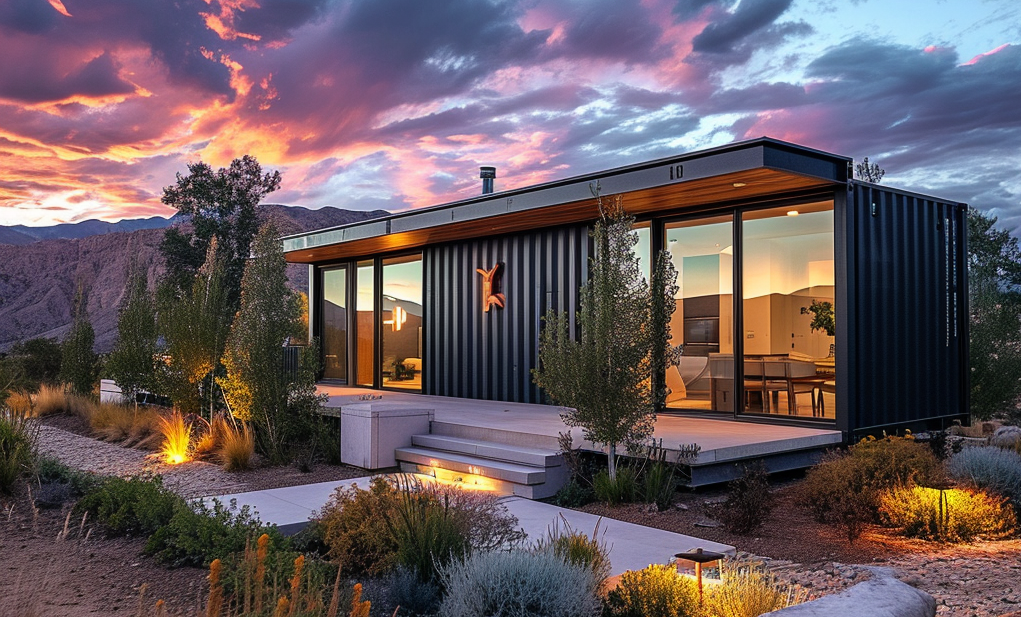In regions that experience high temperatures such as Mexico or Kenya, the demand for air conditioning is understandably significant. In many cases, however, these cooling systems are energy-intensive and often rely on electricity sources that contribute to carbon emissions. But what if we could take something as simple as waste heat—like that stored in a 200-liter hot water tank—and transform it into a cooling mechanism? This approach could be a boon for our pursuit of sustainable and efficient energy use.
The good news is that it is indeed possible through the application of a fascinating principle of thermodynamics. In this blog, we will explore the steps and technology that can convert the reserved heat in a hot water tank into cooling power for a house or facility.
Understanding Thermodynamics
The science behind this process lies in the realm of thermodynamics—the study of heat and temperature, and their relation to energy, work, and radiation. More specifically, we’ll focus on two main aspects of thermodynamics: heat transfer and the use of heat pumps.
Heat Transfer: Heat naturally moves from areas of high temperature to areas of lower temperature until equilibrium is achieved. In our scenario, the heat stored in the hot water tank (the high-temperature area) can be directed to a lower temperature area (the house or facility needing cooling) to achieve this equilibrium.
Heat Pumps: These devices take heat from a source and then transfer it to a “heat sink,” or a location where the heat is unwanted. They can work in both directions—either extracting heat from a location to cool it, or adding heat to it to warm it up. In our case, we’ll be using an absorption chiller—a specific type of heat pump.
Step-By-Step Guide to Converting Heat Into Cooling Power
Installation of the Absorption Chiller: This piece of equipment is designed to use a heat source to generate chilled water. The hot water from your 200-liter tank serves as this heat source. When this hot water is fed into the absorption chiller, it drives the cooling process.
Chilling Process: Inside the absorption chiller, the hot water is used to evaporate a refrigerant—usually a solution of water and ammonia. As the refrigerant evaporates, it absorbs heat from the surrounding environment, thereby providing cooling. This cooled refrigerant is then condensed and returned to a liquid state, ready to absorb more heat, in a continuous cycle.
Distribution: The chilled water produced by the absorption chiller is then circulated through a system of pipes installed in your building. This network, much like a traditional air conditioning system, delivers cooling throughout your facility, keeping you comfortable even in high-temperature climates.
The Potential of Heat-Based Cooling Systems
The process described above isn’t just a theoretical concept—it’s a reality that’s already being leveraged in many parts of the world. The major advantages of such a system are its energy efficiency and its ability to make use of waste heat, which would otherwise go unused.
While the initial investment in this technology can be significant, the long-term savings and environmental benefits can make it a wise choice. In addition, in regions where the electrical grid may be unreliable or insufficient, using a heat-based cooling system can provide much-needed relief from the heat.
Final Thoughts
The concept of using waste heat to generate cooling is a promising development in our efforts to create a more sustainable world. Harnessing the principles of thermodynamics, we can redirect and transform the energy from a simple hot water tank into a resource to cool our homes and businesses.
As we continue to innovate and refine these technologies, it becomes clear that the potential for sustainable, efficient cooling is vast and largely untapped. With the right investment and implementation, these systems could become commonplace in the future, providing comfort and energy savings in equal measure.
Read more:
https://theengineeringmindset.com/absorption-chiller-works/
https://goenergylink.com/blog/how-absorption-chillers-work/





0 Comments